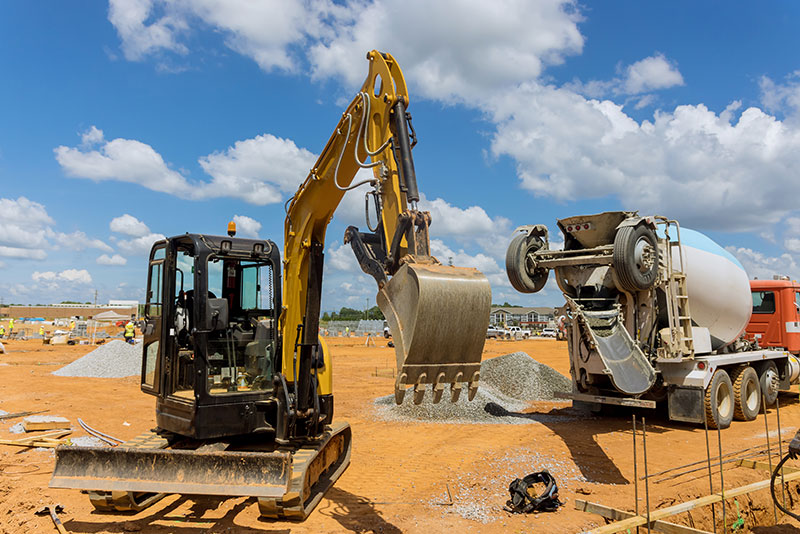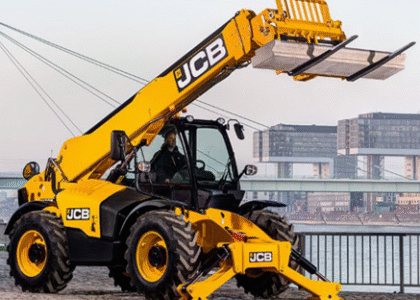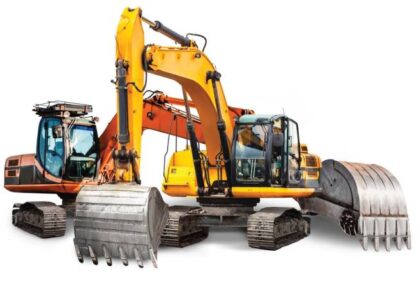Driving heavy machinery requires skill, focus, and a commitment to safety. Whether you operate an excavator, bulldozer, forklift, or crane, understanding best practices is essential to protect yourself, your team, and your equipment.
Proper training is the first step. Operators must be certified and familiar with the specific machine they are driving. Each type of equipment has unique controls, weight limits, and handling characteristics. Never assume that experience with one machine automatically qualifies you to drive another.
Before starting work, perform a thorough inspection. Check fluid levels, brakes, lights, tires, and hydraulic systems. Make sure all safety devices and alarms are functioning correctly. Identifying issues early can prevent accidents and costly damage.
When operating heavy machinery, always wear appropriate safety gear, including hard hats, high-visibility clothing, and steel-toe boots. Fasten seat belts and keep all body parts inside the cab while driving.
Stay aware of your surroundings at all times. Heavy equipment has large blind spots, so use mirrors and cameras, and communicate clearly with ground personnel. Never drive too fast or take sharp turns, as heavy machines are prone to tipping if handled carelessly.
Be cautious when working on uneven terrain or slopes. Always drive slowly, maintain proper traction, and avoid sudden movements that can cause the machine to become unstable.
Finally, follow site safety protocols and load limits. Overloading or misusing equipment not only damages machinery but also endangers everyone nearby.
Driving heavy machinery is a serious responsibility that demands respect and concentration. By following best practices, you’ll help create a safer, more efficient work environment and extend the life of your valuable equipment.
Stay trained, stay vigilant, and drive safely.





